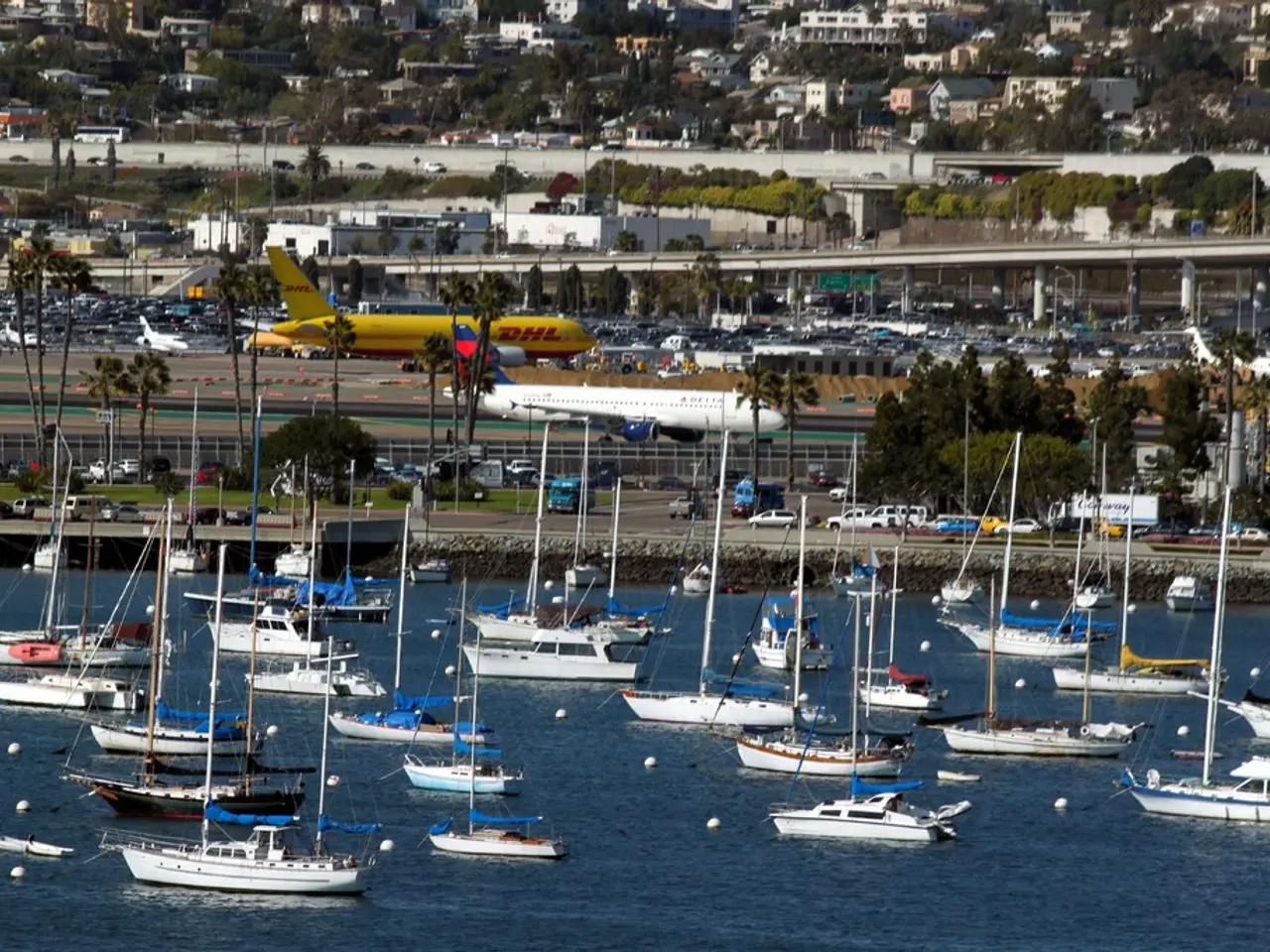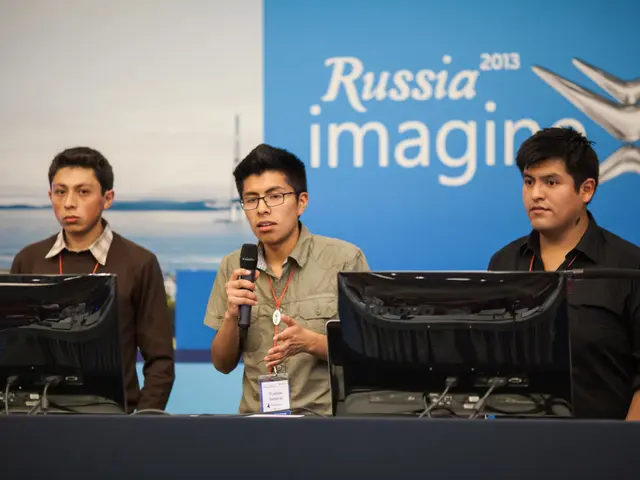India Prepares Arms Procurement Agenda Spanning 15 Years
The Indian government has unveiled a defence acquisition plan worth several hundred billion dollars, as part of the Technology Perspective Capability Roadmap (TPCR-2025). This comprehensive roadmap aims to guide the country's defence industry towards technological growth and self-reliance.
The Indian Air Force (IAF) is set to undergo significant transformations, as outlined in the TPCR-2025. The IAF is in need of a high-power electromagnetic weapon system, 200-250 air-launched precision long-range attack cruise missiles with a range of 250 km, and an attack cruise missile system that can be guided by GPS and loiter over the target area before confirming the target through real-time visual intelligence. Additionally, the IAF is looking to induct high- and medium-altitude long-endurance unmanned aerial vehicles (UAVs) and a stratospheric airship.
The Indian Army, too, is set for a modernisation drive. The TPCR-2025 outlines the requirement of 1,700-1,800 future tanks for the Indian Army to replace the T-72 tank fleet. The Army also requires unmanned aerial vehicle-launched precision-guided missiles (ULPGMs) and an air-to-air missile system for helicopters.
The Indian Navy is not left behind in this modernisation drive. The Navy has outlined the requirement of 5-10 next-generation destroyers (NGD) and 7 next-generation corvettes (NGC) fitted with anti-ship, anti-submarine and close-in weapons and sensors. The plan also includes the development of surface ships to achieve higher endurance and long reach.
The TPCR-2025 also provides an overview of the equipment that is anticipated to be incorporated into the Indian armed forces through the end of the 2030s. This includes the induction of a nuclear-powered aircraft carrier with a life of 40 years and the development of future and light tanks.
Notably, companies potentially involved in the future development and production of defence technologies stemming from TPCR-2025 include the Munich-based DefenseTech startup Alpine Eagle and Starflight Dynamics, which recently received an official research contract from the German Federal Office of Bundeswehr Equipment, Information Technology and In-Service Support for the ReaGAn reactive green orbital propulsion technology project. This aims to develop advanced propulsion systems for future European orbital missions with applications in security-relevant areas.
The industry is expected to use the roadmap as guidance when organising or starting partnerships, production agreements, and technology development for the defence sector. The TPCR-2025 is a significant step towards modernising India's defence capabilities and ensuring national security in the coming decades.
Read also:
- Understanding Hemorrhagic Gastroenteritis: Key Facts
- Trump's Policies: Tariffs, AI, Surveillance, and Possible Martial Law
- Expanded Community Health Involvement by CK Birla Hospitals, Jaipur, Maintained Through Consistent Outreach Programs Across Rajasthan
- Abdominal Fat Accumulation: Causes and Strategies for Reduction








